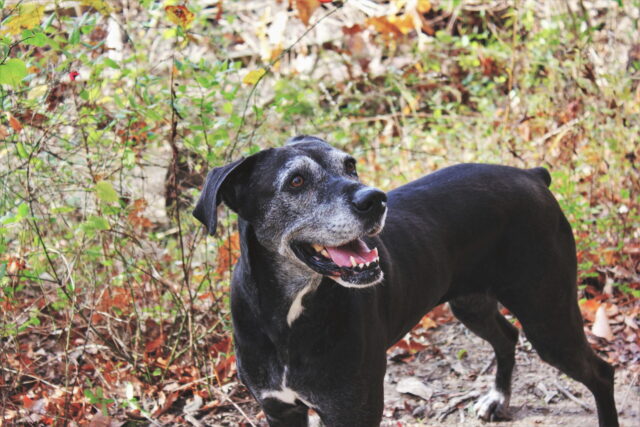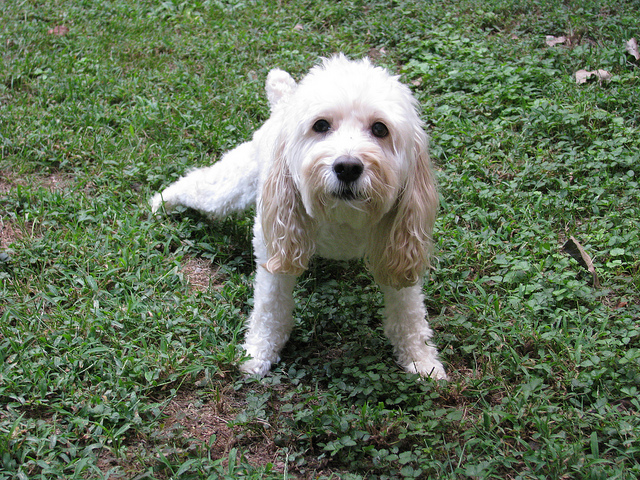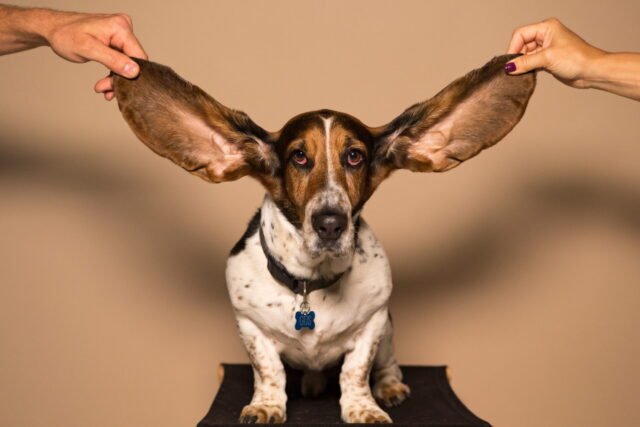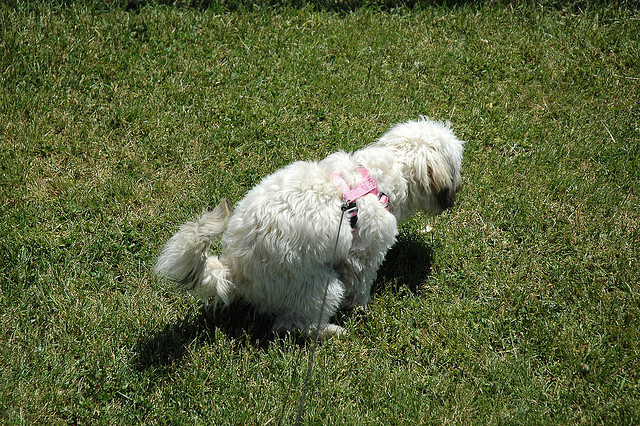The earlier you recognize and treat something your dog has, the better. But some things are easy to miss, and unfortunately go undetected by dog owners.
Dr. Cathy Alinovi, DVM, owner of Healthy Pawsibilities, gave us her list of the 10 most commonly overlooked aches and pains dogs face, and the signs you should look for.
If you think your dog may have any of these conditions, take them to the vet as soon as possible.
1. Hip Dysplasia
This is looseness of the hip joint that leads to arthritis. These dogs may look like they are slowing down in how they get up and lay down – the slow movement could actually be due to pain.
Learn more about hip dysplasia.

2. Dental Disease
Infected and lose teeth lead to pain with each bite as the dog eats or chews. These dogs will eat less or stop playing with their toys. Owners don’t always look in the mouth and see the decay.
Learn more about canine dental disease.

3. Osteoarthritis
Inflammation of any joint – from the elbow to the neck or back. These dogs may become cranky or snap at their family if they are touched in a certain way.
Learn how to recognize the signs of osteoarthritis in your dog.

4. Belly Ache
These dogs may stop eating their food, or may run over to it, then change their minds. Like us, dogs can get stomach ulcers, have pancreatitis, or general intestinal upset.
Learn more about gastrointestinal problems in dogs.

5. Bladder Pain
Dogs with urinary tract (bladder) infection will feel irritation or even burning when they urinate. These dogs may drink lots more water, may urinate small amounts frequently, and are predisposed to forming bladder stones – which is crazy painful.
Learn more about canine urinary tract infections.

6. Ear Infection
Imagine bacteria and yeast overgrowing in your ear – the pain, itch[ing], swelling, heat and discomfort with that is enough to make any dog sensitive around the head. Treat the symptoms with medication then look to the bottom line – 90% of recurrent ear infections are allergy-related.
Learn more about canine ear infections.

7. Heart Failure
Like elderly humans, dogs can have congestive heart failure and high blood pressure, too! If you’ve known anyone with unregulated blood pressure – they have headaches, feel lethargic, and may even have shooting pains down their left front leg (the arm in humans). Yes, our dogs can experience that too.
Learn more about canine heart health.

8. Corneal Ulcer
A scratch or infection of the eyeball can cause excruciating pain. These dogs will squint, have teary eyes, look away from the light and resist opening of the eyelids for examination. The cause can be anything from a scratch to glaucoma, often as a result of high blood pressure.
Learn how to keep your dog’s eyes clear and healthy.

9. Diarrhea
Believe it or not, these dogs often [look like they have] constipation, because they are straining to squeeze something out. Logically, the owner might think constipation (which does hurt too). In fact, burning, liquid, acrid feces make the rectum painful and swollen such that when the dog tries to go to the bathroom, all he feels is the burn of a drop of feces – and the straining continues.
Learn the common causes of doggy diarrhea and what you can do to help.

10. Headache
Maybe you think that’s crazy – dogs don’t get headaches – but they must. Just as we have headaches with fevers and infections, so must our pets. And really, you can see it in their eyes/face. When I have a headache, I hold my head down, eyes aren’t fully open, and my face is less animated. I certainly see this in dogs with infections, fever and dehydration commonly. The astute owner will recognize any of the above as a behavior change. It may not be clear that their dog has a belly ache, but the owner will know the dog “looks funny” and isn’t eating well and holding his head down.

 Toledo, United States.
Toledo, United States.